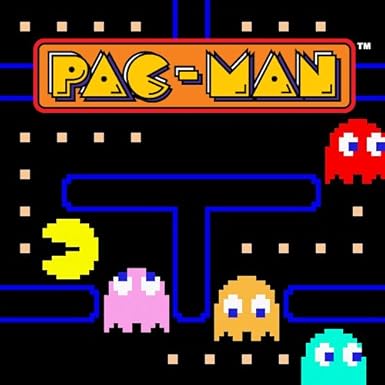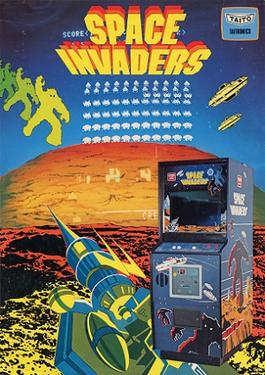Can Gaming Support Literacy?
Dr. Lisa Sensale Yazdian currently manages education and engagement efforts at Cincinnati Educational Television (CET)/PBS, but has worked to engage birth-adult learners in P-12, higher education, community, and for-profit settings for the last 29 years. She’s curious about the various ways her 6 and 8 year old boys are engaging with technology.
NOTE: Dr. Sensale Yazdian's post is in response to the introduction post, "What Should "Count" for Summer Reading" and follows Dr. Reynolds' post, "Choice and Possibility in Summer Reading", public librarian Stephanie Schott's post "What 'Counts' as Reading", Dr. Macaluso's response and Dr. Moses and Dr. Golos' post, "Summer Reading in Children's Preferred Language(s)". This is the final post in the series.
As a Gen X parent of two young boys I wonder if it was a mistake allowing them to play games on the iPad beyond those with a specific educational purpose. Even with a gaming system in the house, they still prefer the iPad, though it is my 8-year-old who is most captivated. As an educator, I’m aware of the many skills video games help develop (e.g., creativity, coding, collaboration, leadership, logic, computing, math, risk-taking, etc.), and believe gaming can take place alongside everyday activities like reading a book or playing with friends, and not at their expense. While I do not have the capacity to sit beside my children every time they play, I do watch, listen, and sometimes even participate. I hear a lot of self-talk, field questions about spelling and word meaning, and see reading, writing, inquiry (i.e., Which YouTuber is going to give me tips to solve x, y, and z?) and a whole lot of passion. What is the relationship between multiplayer online games and multiliteracies (traditional, digital, visual, etc.)?
Gaming has evolved significantly since the days of Pong, Space Invaders, and Pac-Man. Many modern day games require users to navigate and create their own narratives. Some stories are actually quite complex, and mirror the rich character development and conflicts found in books and movies. Others allow players to explore real-world issues. Regardless of story type, players are given the freedom to decide how their stories unfold with or without their peers. This cannot be done, however, if players don’t understand game rules, icons, symbols, commands and how to communicate (text, orally, pictures, gestures). This is referred to as gaming literacy.
 .
. 
If we compare the skills supported by gaming to the language used in state or national English language arts standards, gaming does support what we want students to be capable of doing. Here’s a snapshot of some NCTE standards addressed through gaming (NCTE, 1996):
- read a wide range of print and nonprint texts to build an understanding of texts, of themselves…to respond…to the needs and demands of society…; and for personal fulfillment.
- apply a wide range of strategies to comprehend, interpret, evaluate, and appreciate texts…draw on their prior experience, their interactions with other readers and writers, their knowledge of word meaning and of other texts, their word identification strategies, and their understanding of textual features…
- adjust their use of spoken, written, and visual language…to communicate effectively with a variety of audiences and for different purposes.
- apply knowledge of language structure, language conventions…media techniques, figurative language, and genre to create, critique, and discuss print and nonprint texts.
- use spoken, written, and visual language to accomplish their own purposes (e.g., for learning, enjoyment, persuasion, and the exchange of information).
Gaming during out-of-school-time does have its benefits, but there are also advantages to using games within the classroom with teacher support. A literature review of video games in secondary English language arts classrooms noted high levels of engagement and ownership among students when video games were used. Studies captured teachers using games as a springboard for students to:
- analyze literary elements (e.g., characters)
- analyze thematic elements (e.g., power)
- demonstrate understanding of a novel
- design original games
- design a game around a novel
- compose an original work, translate to a game, and compare
- write in response to a video game
- create multimodal representations in response to games (e.g., art)
- conduct background research to make sure a game is realistic
- share their lives as gamers
It is clear to me that storytelling is an integral part of multiplayer online games, and playing video games is literacy practice. While gaming should not be the only literacy practice students engage in, it does have value. As technology continues to evolve we need to to consider shifting literacy practices and how technological advancements, like AI, can be used to personalize learning.
References
Nash, B. (2022). Video games in the secondary English language arts classroom: A state-of-the-art review of the literature. Reading Research Quarterly, 57(3), 1-25.
National Council of Teachers of English (1996) Standards for the English Language Arts. https://cdn.ncte.org/nctefiles/resources/books/sample/standardsdoc.pdf (accessed 3 September 2024).
